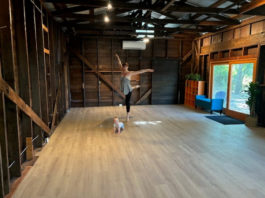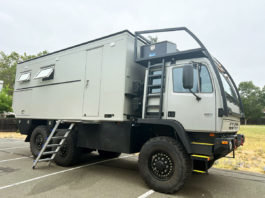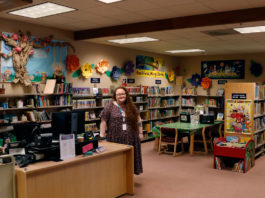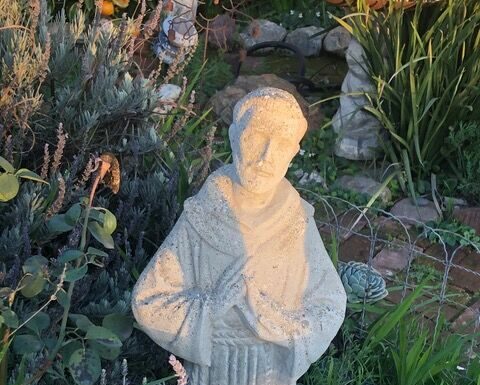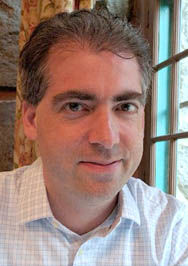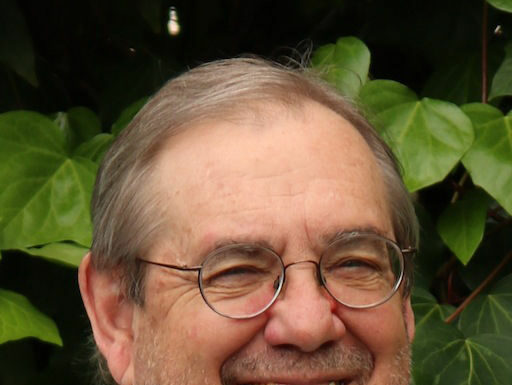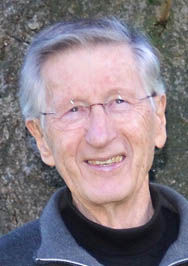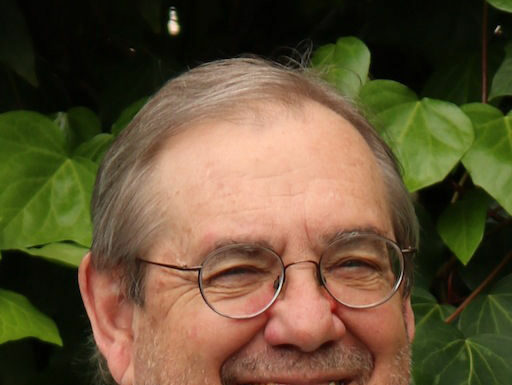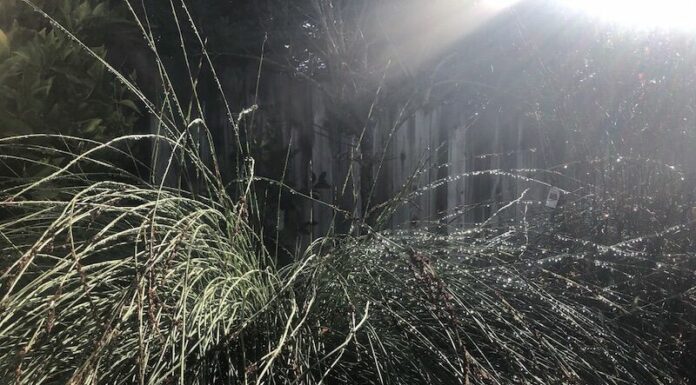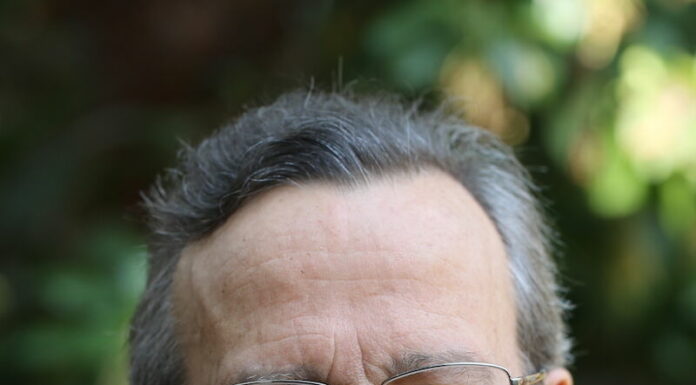This Week in H’burg: Remembering others’ challenges
This Week in H’burg is a weekly column featuring photos and fun facts from local photographer Pierre Ratté. Each week we’ll feature a new photo from Ratté along with a fact about the subject matter of the photo.
From the Library
This month, I have a few updates to offer on library services that you already know and love. We are always glad to hear your questions and concerns, and we're hoping that our upcoming plans will help with our community's information needs.
Foggy Mountain Tales: Saying goodbye
Editor's note: This column is from our sister news site, the Cloverdale Reveille. As the country surpasses 500,000 COVID-related deaths, we thought Pamela's column might hit home to readers outside of Cloverdale.
To Mars, or not?
Why in the world are we on Mars? Surely, we’re not bored with life on Earth, are we? We’ve got plenty to keep us occupied with a coronavirus pandemic, injured economy, crazy weather and mobs of people at each other’s throats. Forget all of that, our smartest scientists say. First, they want to know if there might have ever been any life on Mars.
Commentary: Too much fertilizer
Fertilizer is food for plants that need a variety of nutrients to grow and thrive. While we humans get our nutrients from different foods we eat, plants get most of their nutrients from the soil. Sometimes soils don’t have the nutrients necessary for plants to grow and thrive, so we apply chemical fertilizers and animal manure to our gardens and lawns to provide plants with the nitrogen and phosphorus they need. Fertilizer is typically added to the soil to help establish seeds or young plants and may be added to the soil throughout the life of the plant to help keep it healthy. But over-fertilizing can negatively affect aquatic ecosystems.
Flashbacks
The following snippets of history are drawn from the pages of the Healdsburg Tribune, the Healdsburg Enterprise and the Sotoyome Scimitar, and are prepared by the volunteers at the Healdsburg Museum & Historical Society. Admission is always free at the museum, open Wednesday through Sunday, 11 a.m. to 4 p.m.
Keeping the Faith: Not so sure about ‘normalcy’
Editor's note: Bob Jones is a longtime columnist for the Times' sister publication, Sonoma West Times & News. While Bob's column mentions west county, we felt like his quest to get vaccinated might resonate with some of our other readership communities.
Redwoods and our republic
In these parts of the world, our majestic and sacred coastal redwood trees (sequoia sempervirens) are the closest we can find to an immortal living object. The trees in the Armstrong Grove near Guerneville are at least 1,400 years old and other redwood trees have been known to live for as many as 2,200 years. Among immortal manmade objects we might think of Stonehenge, the Egyptian Pyramids, sacred texts or cave paintings. What might be among the more intangible or ethereal objects of greatest longevity? This week, for some reason, our U.S. Constitution comes to mind.
This Week in H’burg: After the rain
This Week in H’burg is a weekly column featuring photos and fun facts from local photographer Pierre Ratté. Each week we’ll feature a new photo from Ratté along with a fact about the subject matter of the photo.
Main Street: The product
Are you miffed or relieved that the major social media platforms banned former President Donald Trump? I was relieved at first, then slightly miffed about the idea of a private company muzzling a public figure, then I decided that we’re arguing about the wrong thing.


